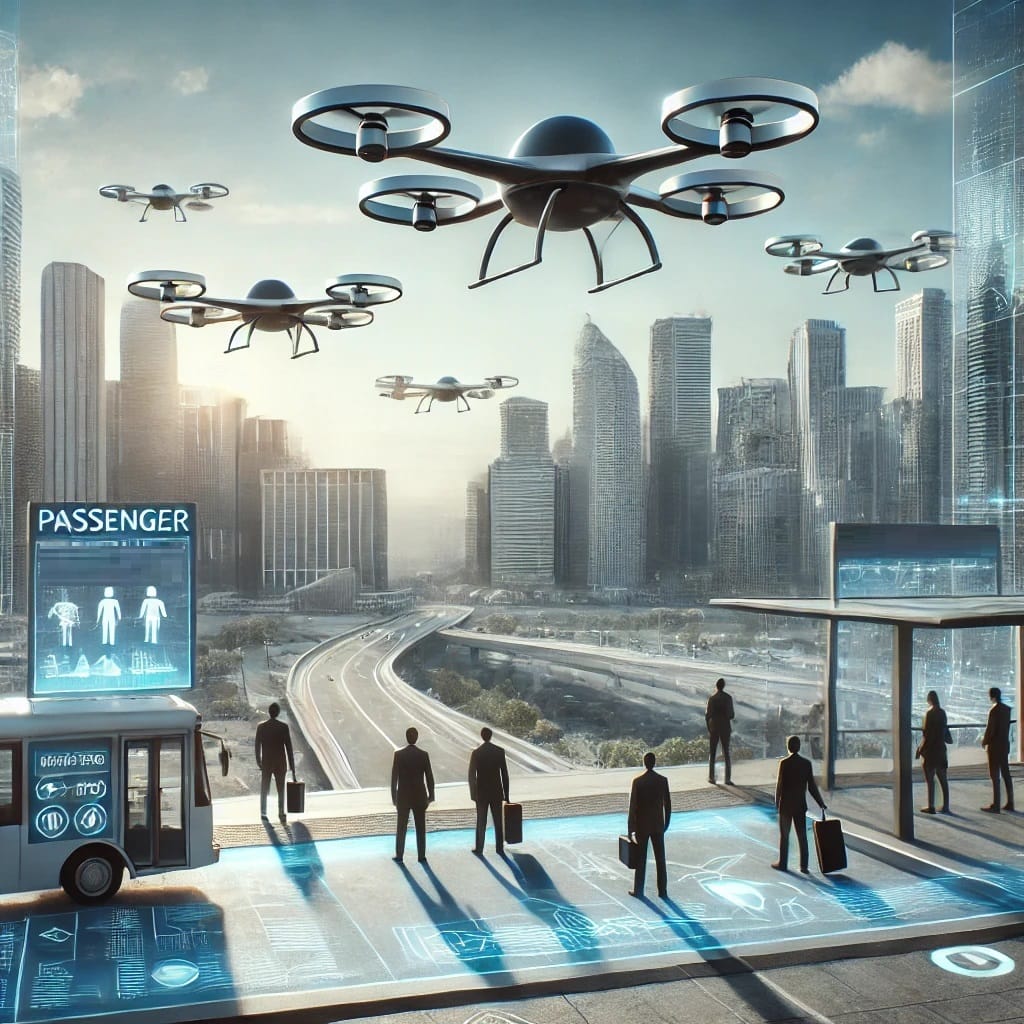When will passenger drones be available?
Article Source: ScienceDirect

Why You Should Care
Passenger drones could soon change how we navigate our cities, offering a faster, more efficient way to travel. These flying vehicles could bypass traffic jams and significantly reduce commute times, making urban living more convenient and sustainable. Understanding the advancements in this technology can give you insight into the future of transportation and how it might impact your daily life.
Answering the question… When will passenger drones be available?
Researchers predict that passenger drones could be available as early as 2025. With rapid advancements in technology, coupled with significant investments and evolving regulations, the dream of flying taxis is quickly becoming a reality. Over $5 billion has already been invested in this industry, and with 70% of the needed technology already in place, passenger drones are on track to revolutionize urban transport within the next decade.
How Was the Study Done?
The study involved a comprehensive analysis of the current state of passenger drone technology, including hardware, software, regulatory frameworks, and market readiness. Data was gathered from ongoing tests, expert interviews, and industry reports, which provided insights into the progress and challenges in bringing these drones to market.
What Was Discovered?
- Technological Readiness: Approximately 70% of the technology required for passenger drones is already developed. This includes advancements in battery life, autonomous navigation systems, and lightweight materials.
- Safety and Testing: Companies like EHang and Airbus have conducted over 1,500 successful test flights, demonstrating the safety and reliability of these drones. The safety systems, including multiple redundancies and emergency landing protocols, are proving highly effective.
- Market Investment: The industry is seeing a surge in investment, with over $5 billion already funneled into development. The market for passenger drones is expected to reach $75 billion by 2035, indicating strong confidence in the technology's potential.
- Regulatory Progress: Regulatory bodies in the U.S., Europe, and Asia are actively working on airspace rules for drones. By 2025, it is expected that these regulations will be fully in place, allowing for the commercial use of passenger drones.
- Public Interest: Surveys reveal that 45% of people would consider using a passenger drone for their daily commute, highlighting growing public acceptance of this technology.
- Launch Timeline: The first commercial passenger drone services are expected to launch between 2025 and 2030, with cities like Dubai and Los Angeles leading the way.
Why Does It Matter?
The development of passenger drones could dramatically alter the landscape of urban transportation. By reducing traffic congestion, travel times, and carbon emissions, these drones could contribute to more sustainable and efficient cities. Understanding these developments is crucial as they represent a significant leap forward in how we think about and approach transportation in the 21st century.
Here is a link to the article: ScienceDirect
